Bedding fleas and how to get rid of them at home
Content
- Fleas
- Prehistoric fleas
- Flea jump
- Fleas
- Flea bites
- Means Tsifoks
- What to fear fleas
Fleas side by side with humans and domesticated animals for centuries. There are many sayings and proverbs about these nimble insects, many fairy tales have been written. Simple peasants and crowned heads suffered from them. People give fleas their own names that are absent in the scientific systematics.Bed fleas are not called insects because of the specific features, but by the place of detection.
Systematics and history of the insect
Scientists have described, studied and systematized more than 2,000 species of these parasites. Fleas bothering a person belong to the family Pulicidae - ordinary fleas. Entomologists divide this family into species according to the type of host on which the insect feeds:
- Pulex irritans - human flea;
- Ctenocephalides felis - cat flea;
- Ctenocephalides canis - dog flea;
- Spilopsyllus cuniculi - rabbit flea;
- Xenopsylla cheopis rat flea.
But this classification is conditional, since fleas, with a few exceptions, are not selective in choosing a host. They are attracted by the blood of warm-blooded animals, and whether the flea will move on two or four legs is of little interest to the flea.
Therefore, to the question of where bed fleas come from, it is safe to say that they come from everywhere. Bedding can be any parasites who occupied the bed with the aim of safely and comfortably sated with the blood of a sleeping person. Without a certain natural science experience and knowledge, as well as a magnifying glass, it is very difficult to distinguish one representative of a flea family from another.
Interesting!
Nature created an insect ideally suited for ectoparasitism. The appearance of the flea has not changed since the time of the Cretaceous. In the photo, which made Chinese scientists studying the fossils of this period, it is clear that the prehistoric "pseudo-bad" is not much different from the modern one. Having lost their wings and having decreased in size, these bloodsuckers continue to parasitize on objects smaller than dinosaurs.
Changed and the functions of individual organs in fleas. Scientists believe that the long hind limbs were used pseudopulex jurassicus and pseudopulex magnus to firmly hold onto the thick skin of dinosaurs. For this, the claws on the lower part of the foot served.
Brief description of the form
You can see and compare how the bed fleas look in the photo. The representatives of the family of ordinary fleas have a strongly flattened body from the sides, which allows them to move freely among the thick hair of animals. Durable chitinous shell covers the entire body of the insect. The plates of the segments have at the lower ends a series of hairy outgrowths - setae, which help the parasite not to fall off the host.Bristles and spines covered with flea limbs. In addition to the fixing role, they play the role of analyzers.
The bristles on the paws and abdomen connected by nerve fibers with nerve nodes signal the movement of air, which is why it is so difficult to catch a flea, it reacts even before the danger approaches. Other setae on forepaws and lower lip are food analyzers. At maximum magnification, the parasite will look like a space monster from a thriller.
Interesting!
The structure of the insect's hind legs is amazing. The ability of a flea to jump to a height of 40 times its own size interested scientists in the Middle Ages. Solve the secret arthropod jumping ability helped modern recorders. Using the ultra-fast-shooting apparatus, neuroscientists have been able to see how the process of preparation and jumping takes place.
It is striking that even a tiny deviation in synchronization of the action of the hind limbs would have led to a catastrophe, because the acceleration with which the insect soars up hundreds of times higher than the acceleration of free fall.Only due to the special mechanism of clutch paws together, fleas are able to make incredible jumps.
Of interest is the device and the head of the parasite. Thanks to the chitinous shield and the streamlined shape of the head, the insect can literally sink into the skin, reaching the surface of the capillaries. Neither the complex eyes deeply embedded in the head, nor the antennae, which the insect lays in special grooves, suffer.
Another amazing phenomenon in a flea device is its organs of vision. The eye, which consists of more than 300 segments, is able to see the world in slow motion. Losing in visual acuity, the parasite wins in the reaction. For an insect, people and animals move as if in thick molasses, giving it the opportunity to avoid danger in time or to “straddle” the food object that runs past.
Some parasitic smells can be felt at a distance of several kilometers from the desired object. Therefore, flea bed sensitively reacts to the smell of stale bed linen, it attracts dust and small debris.
Protected and armed with nature by such unique devices, a flea bed is not equipped with an anesthetic enzyme in saliva.She is not afraid to be caught and therefore, unlike other blood-sucking insects, does not disguise her bites.
The dangerous effects of flea bites
Flea bites are painful and cause a disease of pulikoz, accompanied by:
- pain;
- itching;
- hyperemia;
- swelling.
The lymphatic system is involved in the pathological process, there is an increase in regional lymph nodes. In some cases, the nervous system is affected. Therefore, blood sucking bites may be accompanied by neurosis.
But flea bites dangerous also by the fact that in the intestine of the parasite there are many pathogens that can get into human blood. Fleas are carriers of more than 30 vector-borne diseases, including dangerous pathologies such as:
- typhoid
- Bubonic plague;
- tuberculosis;
- tularemia;
- brucillosis;
- hepatitis B and C, etc.
Flea bites on humans are the gateway to the penetration of protozoa and helminths. In tropical countries, a separate type of bed flea causes sarcopsilia, which is characterized by the formation of a huge blister at the site of the bite. Pathology is accompanied by severe pain, unbearable itching and wound formation at the site of the bite.Therefore fleas dangerous to humans.
Interesting!
For the first time, documentary information about sarcopsillosis was found in reports on the sailing of the Santa Maria caravel, which was part of the expedition of Christopher Columbus. The sailors suffered from flea bites in Haiti, where they fell as a result of a shipwreck. Later, a Spanish naturalist and historian traveling with Columbus described the bites and symptoms of sarcopsillosis, and also cited cases where all residents of some villages in Central and South America left their homes due to the inability to bring "vampires".
Now it is much easier to remove bed fleas than in the XVI-XVII centuries, when these notes were taken.
How to get rid of bed fleas
The modern chemical industry produces many insecticide forms, therefore, the question of how to get rid of bed fleas makes you think only in terms of the choice of means.
From blood-sucking insects release:
- aerosols - Raid, Combat, ORO, Raptor, Get, Dichlorvos;
- concentrates for the preparation of solutions - Zifox, Hangman, Get, Cucaracha, Tetrix, Medilis;
- Sprays - Flee, Control Home Flea & Tick Killer, Combat, Clean house.
These drugs quickly destroy parasites, but they can not handle bedding. Fleas in bed are only temporary guests, whose presence will be shared by itchy, inflamed bites on the human body and black tiny peas of excrement. Hungry individuals are able to bite, and well-fed “vampires” prefer secluded places behind the plinth, in crevices, in pile of carpets and upholstery of furniture. Therefore, the whole room should be processed and repeatedly to get rid of unpleasant neighborhoods at home.
The only remedy for bed fleas - temperature effect. Bedding - pillows, blankets, mattresses can be treated with a steam generator. Hot steam under pressure will destroy not only the imago and the larvae. Temperature will relieve insect eggs.
In winter, you can get rid of fleas in bed for a long time (at least 2-4 hours) by freezing, followed by vacuuming. Only adults can bite a person, they first of all die from temperature changes.
It is possible to treat a bed of fleas with quartz treatment, but this is too expensive a method.To scare away adult insects, sprinkle the bed with a solution. essential oils - lavender, pine, orange, cypress, clove. An apartment in which balsam and geranium grows on the windowsills is also a “taboo” for bloodsuckers.
Bed linen can be soaked in a weak solution of insecticides, and then washed in hot water. The old effective method - boiling is guaranteed to destroy all the parasites.
Fleas are infested in bed thanks to their pets - cats and dogs. Therefore, without the treatment of animals and their beds completely get rid of bloodsuckers, will not succeed.
Only under the condition that the house and all its inhabitants will be subjected to the correct and complex processing, the struggle with the invaders will bear fruit.

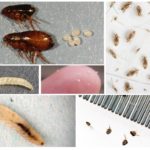

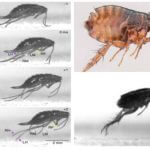
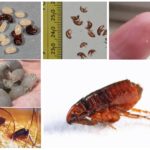
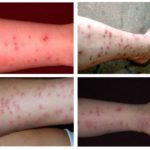

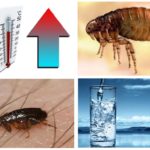
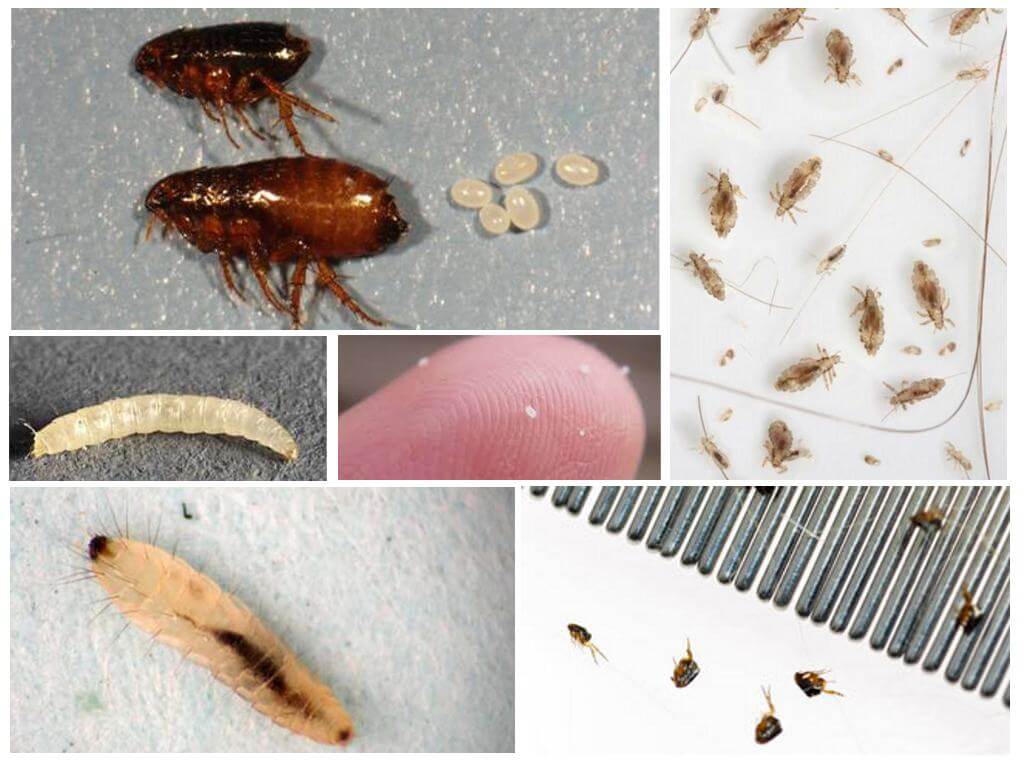

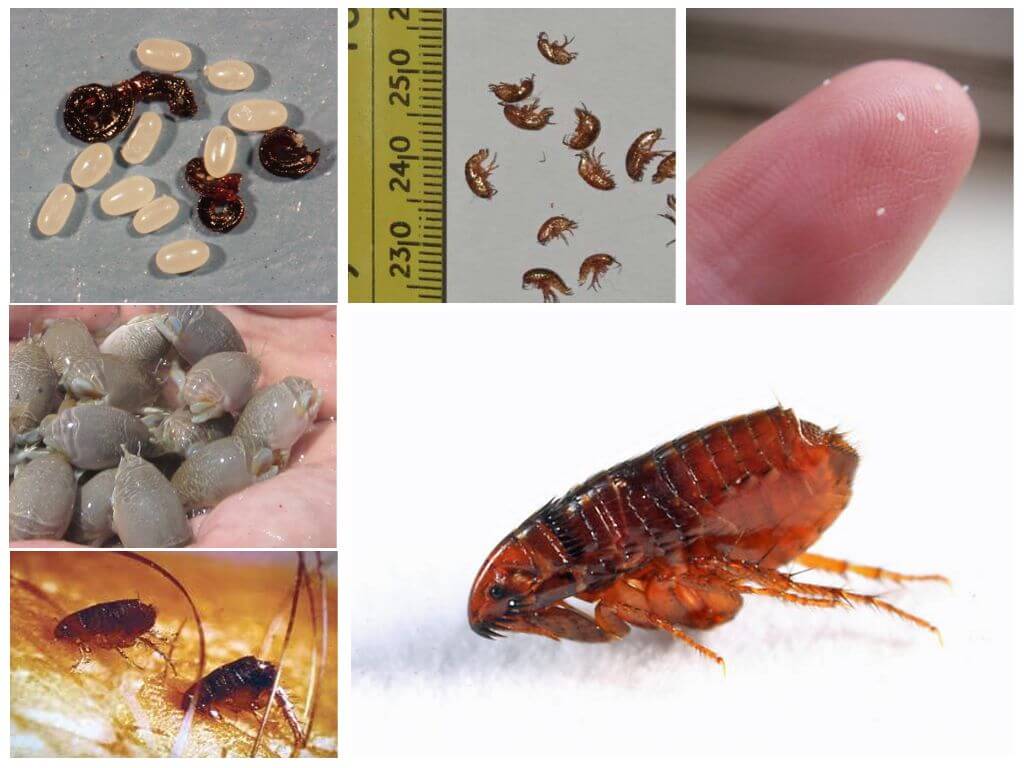

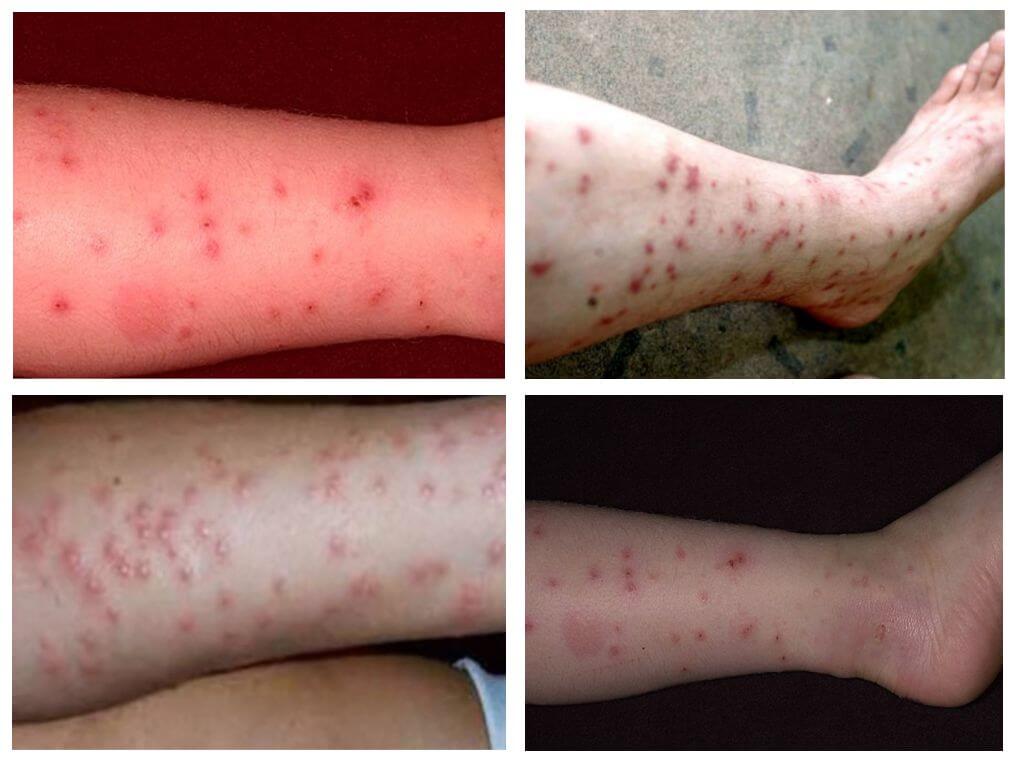

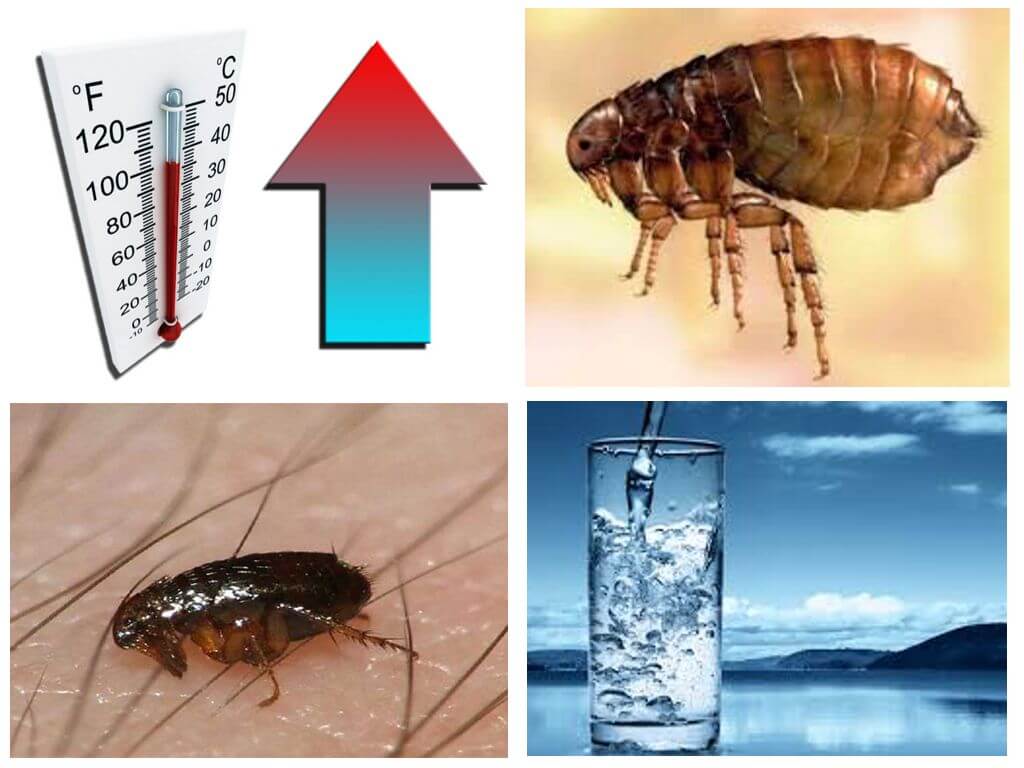

 (votes: 13, Average rating: 4.69 out of 5)
(votes: 13, Average rating: 4.69 out of 5)


